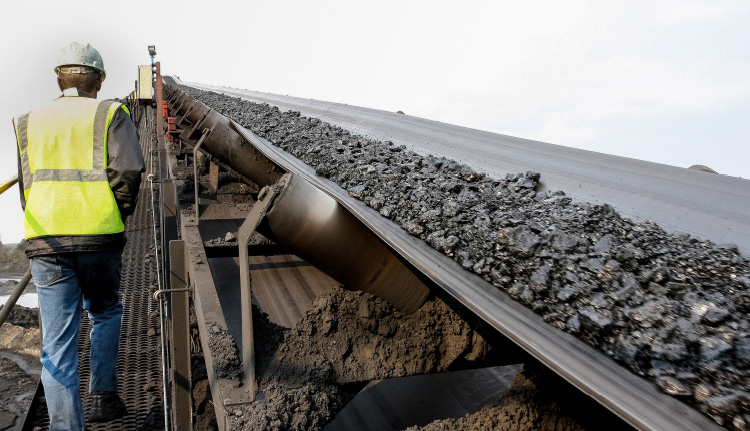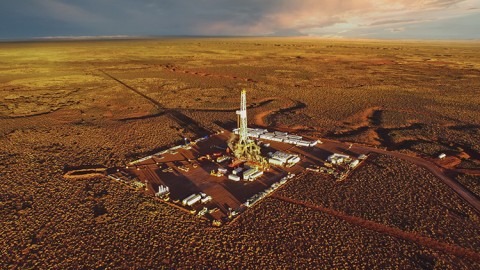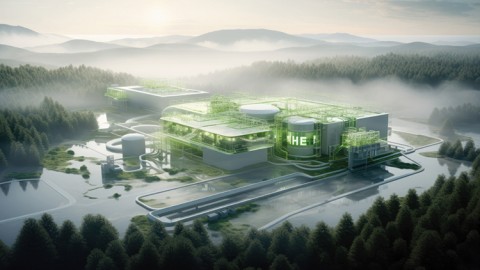Sustainable Mining is one of the more underrated areas in the mineral resources field that could fulfill its operations in a more sustainable manner. But what exactly is sustainable mining? Sustainable mining typically entails minimizing the detrimental effects that mining activities have on the planet, society, and administration. In order to fulfill society’s demand for resources presently while also guaranteeing that the demands of generations to come may be addressed, sustainable miners engage in good environmental management.
General Overview
A great deal of primary materials and resources that propel our civilization ahead, spark economic expansion, and spur growth in technology are provided by mines. But this pressing desire of mine must be tempered with a comprehensive sense of social and environmental accountability. Enhancing the environment’s health and social effect for sustainable mining firms is a smart commercial practice as well as a matter of morality and legal adherence.
Industry expert Dr.Mo’nes Mamdouh, Technical Director of ARCHEAN [Mining and Petroleum], weighed in by stating that “Egypt has a long history of mining, dating back to ancient times when gold, copper, and other precious metals were extracted from the earth. Today, mining remains an important industry in Egypt, with significant deposits of gold, iron ore, phosphate, and other minerals.”
Innovations in Mining
Furthermore, innovative technologies are assisting miners in minimizing their negative environmental impact while also lowering costs of production and enhancing profitability. These innovations range from cleaner sources of energy to better water and air monitoring abilities to improved tailings reuse. The model for a sustainable mining sector in the years to come is a good, proactive management plan that is currently investing in these innovations as a key pillar of the whole company. With that, Mamdouh mentioned that “in addition to individual mining companies, the Egyptian government has also taken steps to promote sustainable mining practices. In 2020, for example, the government established a new mining law that includes provisions for environmental protection, community engagement, and sustainable resource management.”
For instance, in the physical form of stones and scrap metal, mining generates more than 100 billion tonnes of waste annually across the globe. Via toxic dust and petrol emissions and water leakage, if taken care of incorrectly, this can represent a serious risk to the environment and to society. Highly efficient, appropriate scrap disposal calls for a coordinated management approach that combines the highest standards of safety during operation and oversight with the use of contemporary storage structures and dam interiors. Outstanding sustainable miners may go much farther under the appropriate circumstances. Thus, to retrieve the minerals and traces of elements left over by earlier extraction methods and skills, these miners aggressively re-treat scrap metal. Substantial financial benefits may be produced from mining waste with a small ecological impact.
Moreover, the everyday activities of any mine involve a sizable amount of water for everything from controlling dust to slurry transportation and storage to processing minerals. In spite of this, mining corporations continue to be forced to cut back on their use of freshwater and bulk water due to growing worries about water shortages and ongoing water security. As a result, miners may greatly improve the efficiency of their water cycle by continually recycling water used for processing in an enclosed circuit, striving for minimal liquid discharge, by applying advanced water treatment methods, from natural processes to desalinization, evaporation, and crystallisation. This not only lowers the amount of freshwater needed by a mine, but it may also cut per-kilolitre water prices and increase on-site accessibility to this vital commodity in the case of delays in bulk supplies.
Additionally, mining businesses may transition to more environmentally friendly machinery if they wish to lessen their influence on the environment. For example, mining equipment powered by batteries may frequently take the place of diesel-powered machinery. The quantity of CO2 produced by mining activities may be greatly reduced by switching, if practicable, from diesel to electrically powered engines.
In broad terms, the mining sector has begun shifting towards electric equipment, with an increasing number of mining producers providing environmentally friendly options. Companies looking to become more resource-efficient might also update to more sophisticated, long-lasting equipment, which reduces machine turnover and lowers resource requirements. Enhancing longevity can also cut down on the environmental impact of damaged equipment, such as the rubber or plastic that is shed when a piece of machinery malfunctions.
In conclusion, the mining business is still not sustainably profitable in numerous locations, notwithstanding recent advancements and new technologies. As it happens, the industry may employ a number of technologies and methods that are both in use and being developed to lessen its environmental effect.








